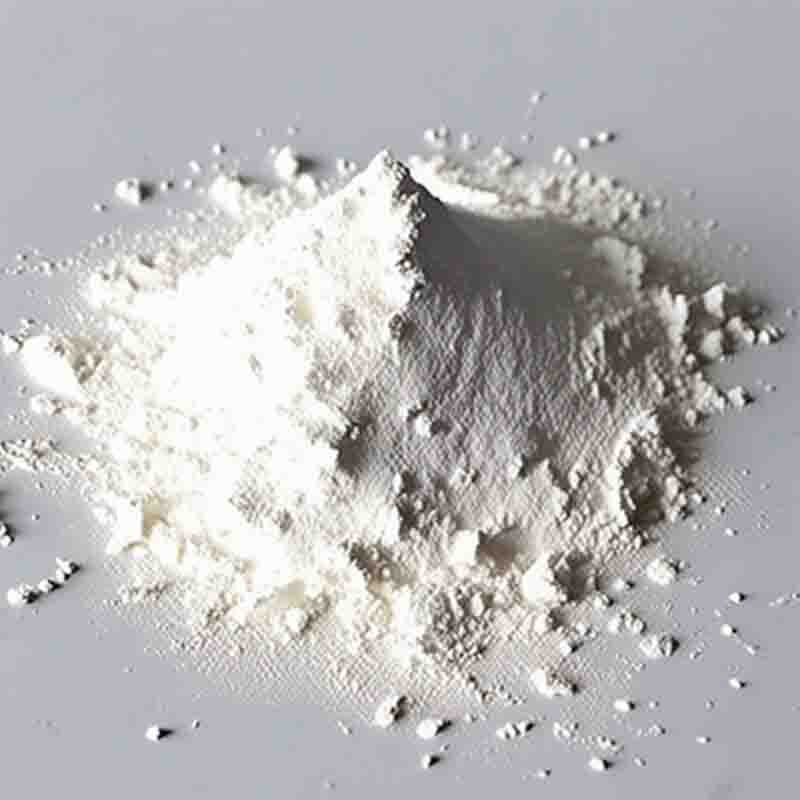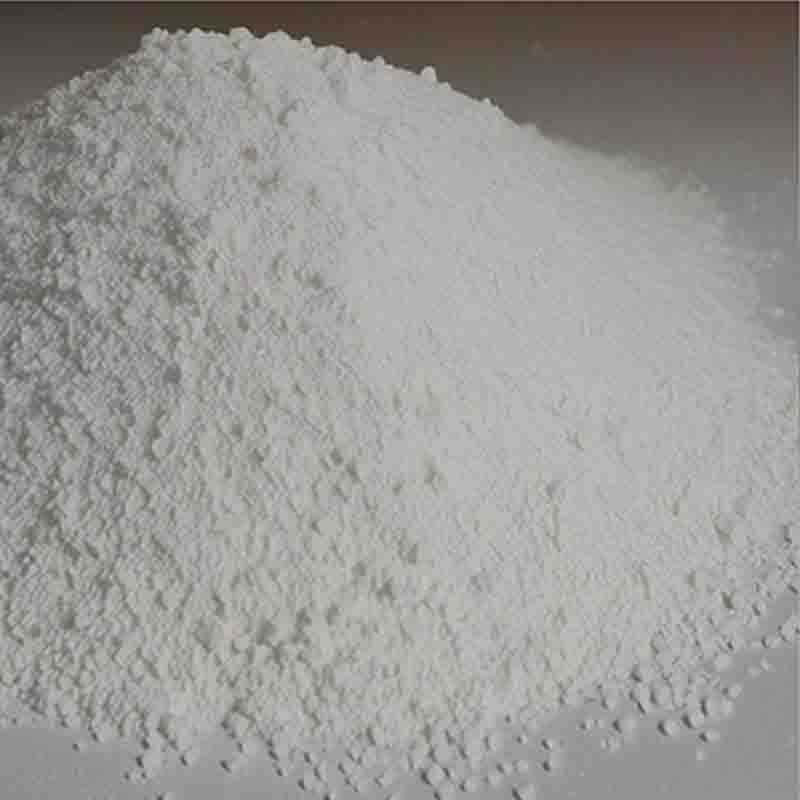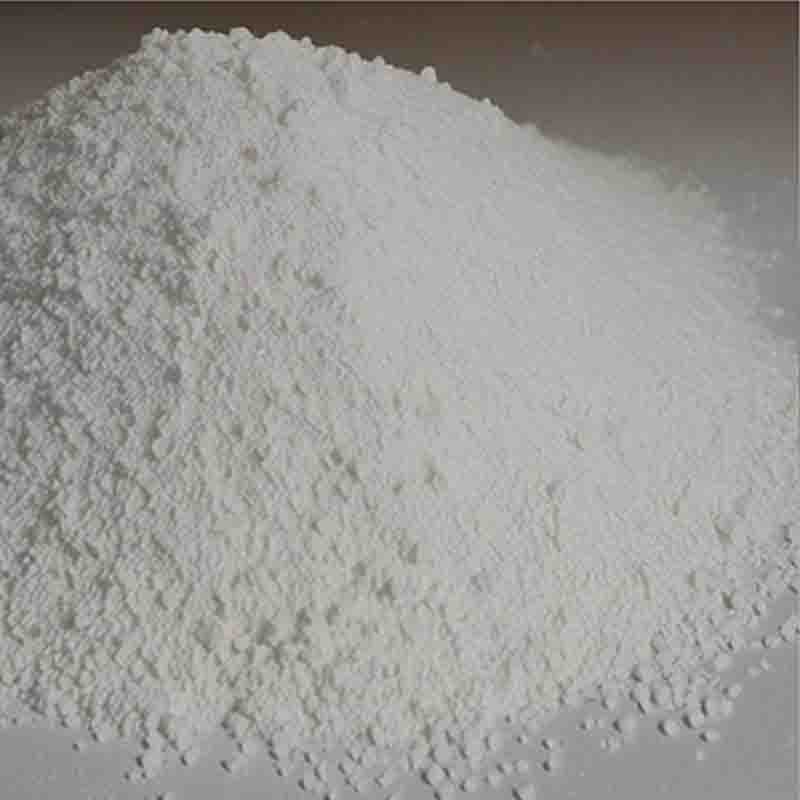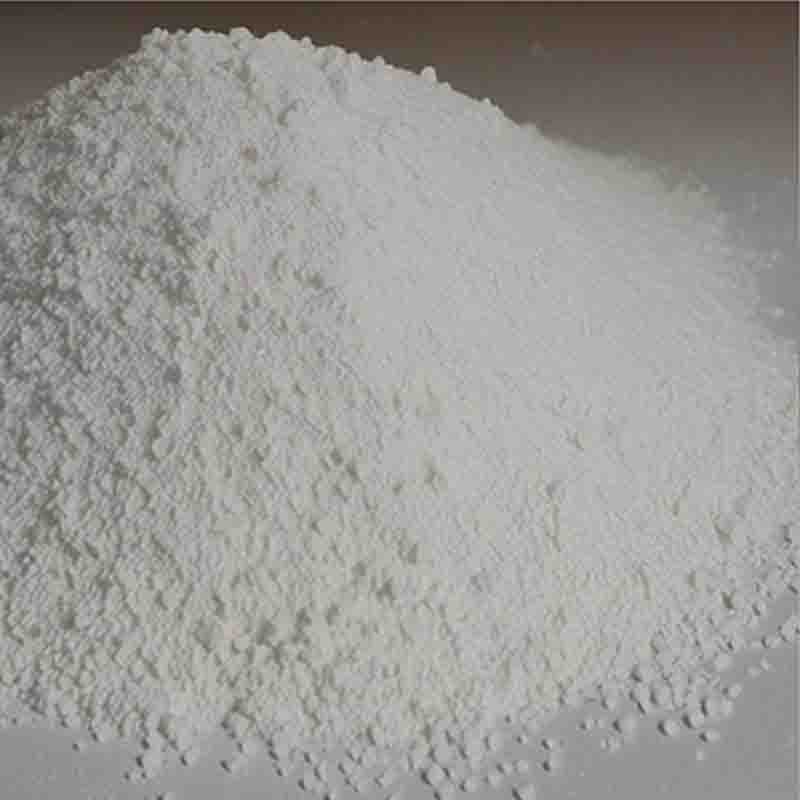Ethyl 2-(3-Formyl-4-isobutoxyphenyl)-4-Methylthiazole-5-Carboxylate CAS: 161798-03-4
| Catalog Number | XD94093 |
| Product Name | Ethyl 2-(3-Formyl-4-isobutoxyphenyl)-4-Methylthiazole-5-Carboxylate |
| CAS | 161798-03-4 |
| Molecular Formula | C18H21NO4S |
| Molecular Weight | 347.43 |
| Storage Details | Ambient |
Product Specification
| Appearance | White powder |
| Assay | 99% min |
Ethyl 2-(3-Formyl-4-isobutoxyphenyl)-4-Methylthiazole-5-Carboxylate is a synthetic compound that falls under the class of thiazole carboxylates. This compound has gained interest in the field of medicinal chemistry due to its potential use as a pharmaceutical agent.One potential application of Ethyl 2-(3-Formyl-4-isobutoxyphenyl)-4-Methylthiazole-5-Carboxylate is as an anti-inflammatory agent. Inflammation plays a crucial role in various diseases and conditions such as arthritis, asthma, and inflammatory bowel disease. By inhibiting specific enzymes or signaling pathways involved in inflammation, this compound may help reduce the production of pro-inflammatory molecules and alleviate the associated symptoms.Additionally, Ethyl 2-(3-Formyl-4-isobutoxyphenyl)-4-Methylthiazole-5-Carboxylate has shown potential as an antifungal agent. Fungal infections can be challenging to treat, and the development of new antifungal agents is crucial. This compound has demonstrated antifungal activity against various fungal strains, making it a promising candidate for further research and potential therapeutic use.Another potential application of Ethyl 2-(3-Formyl-4-isobutoxyphenyl)-4-Methylthiazole-5-Carboxylate is in the field of cancer treatment. Some studies have shown that certain thiazole derivatives exhibit anti-proliferative and cytotoxic effects against cancer cells. This compound may have the potential to inhibit tumor growth or induce cancer cell death, although further research is needed to fully understand its mechanism of action and effectiveness.It's important to note that while Ethyl 2-(3-Formyl-4-isobutoxyphenyl)-4-Methylthiazole-5-Carboxylate shows promise in these potential applications, extensive preclinical and clinical testing is necessary to determine its safety and efficacy in humans. Furthermore, the compound's specific dosage, administration route, and potential side effects still need to be determined.In conclusion, Ethyl 2-(3-Formyl-4-isobutoxyphenyl)-4-Methylthiazole-5-Carboxylate has potential uses as an anti-inflammatory agent, antifungal agent, and possibly even as a cancer treatment. However, further research is required to fully understand its mechanisms of action and to determine its safety and efficacy in humans. Ethyl 2-(3-Formyl-4-isobutoxyphenyl)-4-Methylthiazole-5-Carboxylate holds promise as a compound that may contribute to the development of new therapeutic options in the fields of anti-inflammatory, antifungal, and anticancer treatments.









